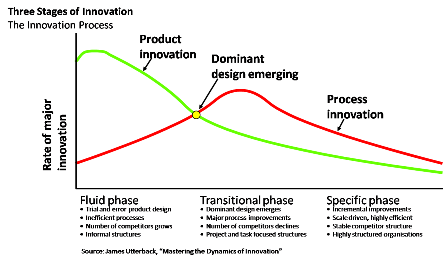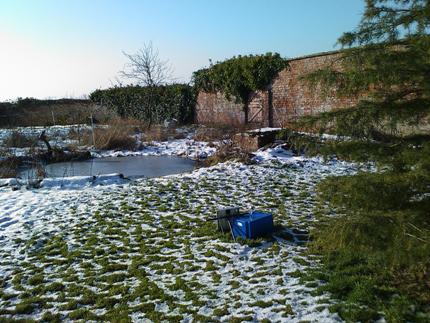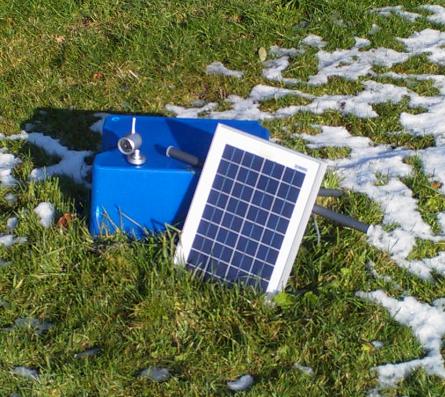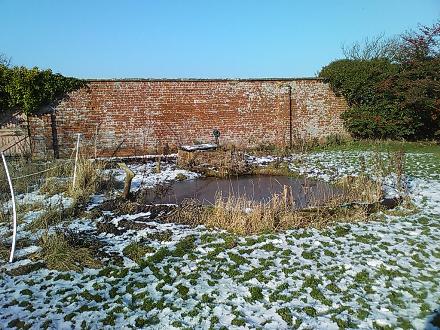Being of a fairly rational turn of mind, I don’t have much truck with Numerology and similar horoscopological mumbo-jumbo, but I have, over the years, observed that product development tends to have difficulties around 7th major version of a piece of software, the antithesis of the “lucky number 7”. This is not a rigorously tested rule (it could be 5 or 6 or 7 or 8), but something more of an intuition with some empirical basis: rule or not, if it comes to pass for Microsoft, it does not bode well for Windows 7.
…well, not according to the entrails of this goat that I have been using to forecast the future of the global banking system, anyway…
A more robust, analytical explanation is that these difficulties are some manifestation of James Utterback theories about dynamics of innovation; of product and process innovation and dominant designs…
… maybe mixed with a bit of boredom, laziness, hubris, and less rational, human things (lemma here)
Windows is moving from Vista (6), to version 7, and so maybe it already had its bad moment. However, it is difficult to see how much more development can go into the product as it is, at 28 years old, quite far down the right hand end of the innovation curve, beyond the flush of youth (worrying about its pension, and oooh, it is so chilly, let’s turn the fire up, and what are we having for lunch, i’ve lost my teeth…)
Exercise for the reader: try plotting where you think Windows 1.0, 3.1, 95, XP and Vista fit on the curve?
Many of the other core information technologies we hold dear today are also really quite ancient: RDBMS, Word Processors, Spreadsheets, all dating from the 1970-80s. So what’s new in the world, multi-touch, then, the much touted new technology for Win 7, who needs it on a desktop, I ask you?
Don’t get me going about Tom Cruise and Minority Report – although I do still keep half an eye on developments in data gloves…
There is a lot of talk of Cloud Computing and other exciting things, but apart from the fact that it is, in the main, new applications that will drive up usage, not base technologies, there is an interesting trend about where computing stuff actually happens, and more of it is likely to be happening in non-human places, and between consenting machines…

If these population estimates above are any way true, then only about 8% of connected devices are human-type information appliances, the other 92% are machine or devices that do things useful or mysterious – the balance is tilted to the machines by the 50 billion cockroaches in the basement; analogous to the rat statistic – you are never more than six feet from one, but you may not know it…
If you take this Machine-to-Machine (M2M) intelligent device view of the world and mash it up with the Semantic Web & RDF – creating machine readable data on the web, and maybe, as a by-product, defining the lingua franca so that machine can talk unto machine.
So, if the washing machine says, “I’ll be back”, get the h*ll out, Judgement Day is coming!





